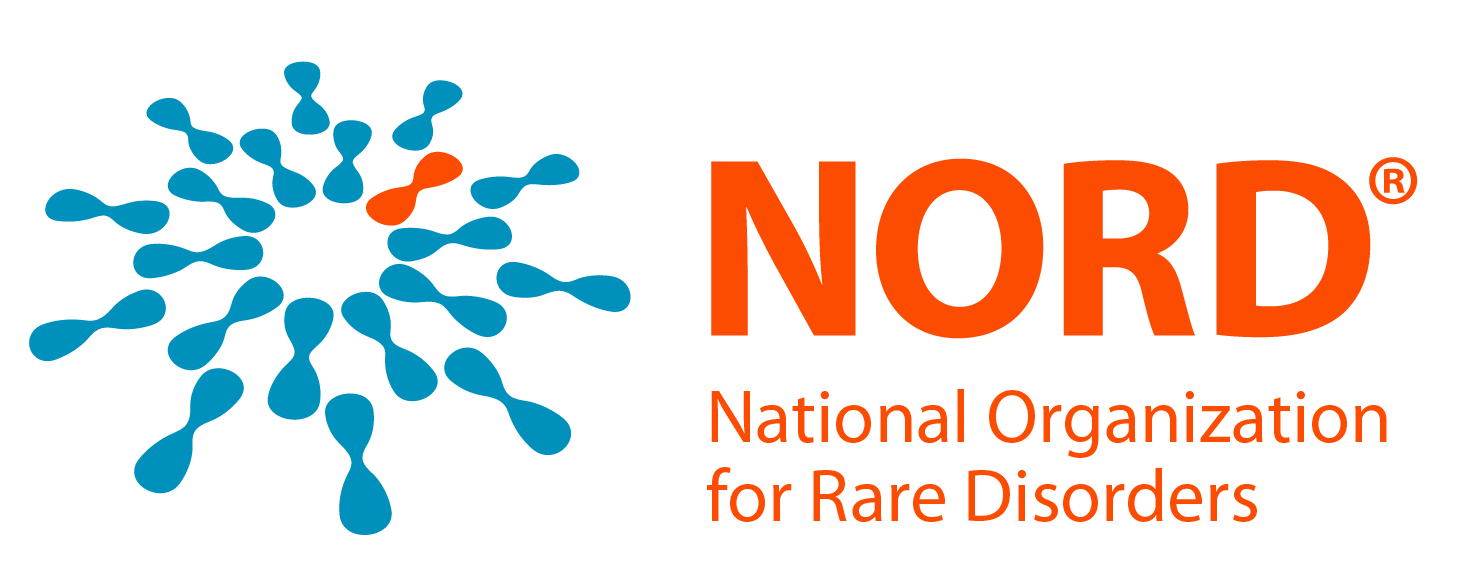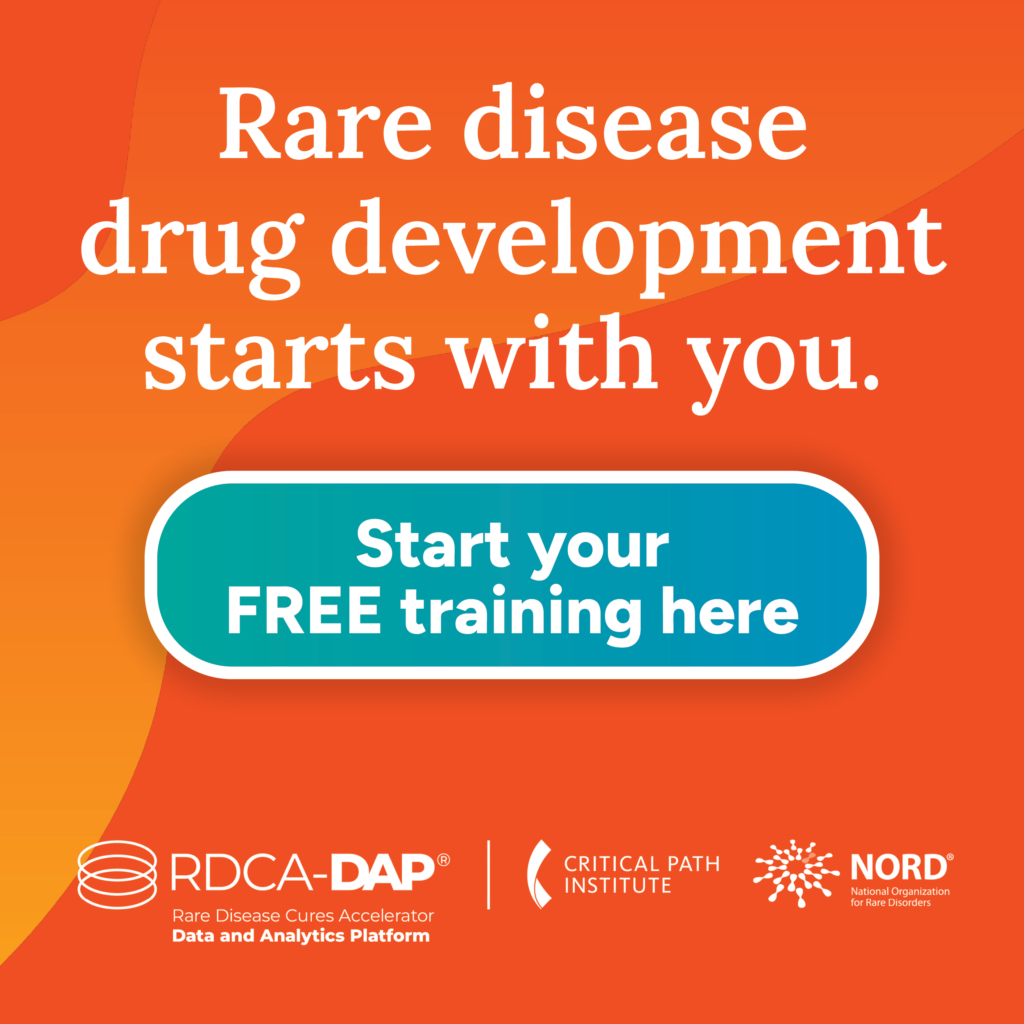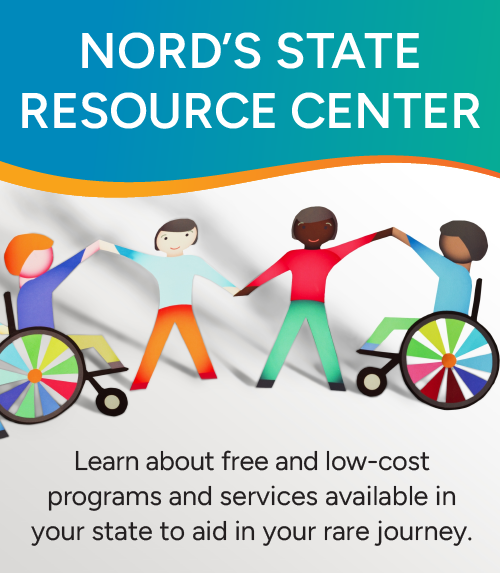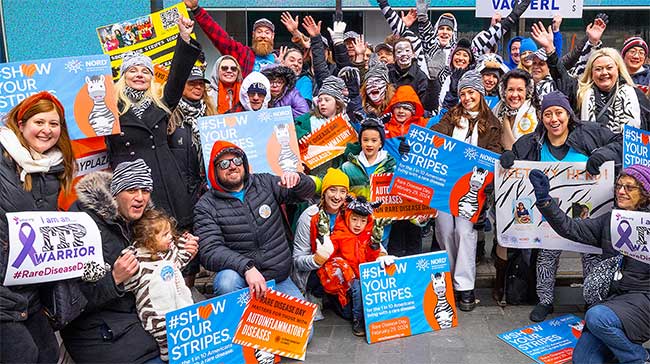Reprinted with permission from FDA Matters: By Steven Grossman
The Orphan Drug Act (ODA) turned 30 this month, demonstrating that good laws really can have an enduring impact. Amidst the celebrations, a reporter asked me a provocative question: Can we afford more orphan drugs costing hundreds of thousands of dollars per year? FDA Matters answered “yes”.
However, I added a caveat that should worry everyone eager for orphan drugs to succeed. When genomics and personalized medicine become successful, this will multiply the number of rare diseases and the cost of orphan drugs, perhaps beyond what the system can bear.
Orphan Drugs/1983. At the time of the 15th anniversary of the ODA, I wrote an article entitled: A Good Law is Always at Risk. I tried to convey that the original Act had been no “slam-dunk.”
We were focused on diseases with almost no constituencies—ones that were unknown or neglected and had little chance of attracting human and capital investment. I still think of these as “traditional rare diseases,” such as Parkinson’s, Tourette’s, ALS and inborn errors of metabolism. This was the problem the ODA was designed to address.
Cancer was the counter-case—well-organized, lots of public awareness and concern, a well-funded NIH institute and the attention of researchers and drug companies. Only later did we realize that all but four types of cancers are “rare diseases.” One positive and unexpected outcome is that oncology patients have been among those who have received the most clinical benefit from the ODA.
From the beginning, there were worries that the law would richly incentivize drug development that would have occurred anyway. A rewrite of the ODA in the current environment would undoubtedly add restrictions to prevent “windfall profits,” “excessive pricing,” and “market exclusivity for blockbusters.” I have argued—and will continue to do so– that the overwhelming benefits of the Act (including its remarkable stimulative effect on the growth of biotechnology) have been worth whatever it has cost society by not restricting these outlier situations.
Orphan Drugs/2013. The pace of designations, approvals, and orphan drug investment has accelerated over the last few years. Along with continued strong Congressional support for orphan drugs, some very large drug companies have suddenly discovered the orphan market.
At the same time, orphans have seen more than their share of controversy and public questioning. At least one company took an inexpensive compounded drug and set a market price for their approved orphan version at $1500, more than 50 times its prior cost. Recently, there have been projections that orphan drugs in development may cost more than $400,000 per patient per year and that “million dollar orphans” are on the horizon.
It is this latter situation that prompted the reporter to ask me if we can afford orphan drugs and “doesn’t something need to be done?” I think not.
FDA approves orphans, but it is up to insurers, health plans and government programs to decide if they will pay for them. A prior column, Drug Pricing 101: A Fundamental Issue Revisited, explains how most companies come up with prices and how they justify them to payers. Apart from the occasional price made up in the boardroom (e.g. the $1500 drug mentioned above), orphans will continue to be reimbursed because some significant portion of their price is justified by the value they add to patient outcomes, the existing treatment costs they replace and/or the amount and length of the discovery and approval process.
I expect lots of future controversy because the per patient prices ARE shocking, but I also expect that the aggregate costs of traditional orphan drugs—including the more expensive ones that are coming—will still not be a major factor in health care cost containment. Downward payer pressure on orphan drug prices will definitely occur. Wholesale failure to pay for orphan drugs by insurers will definitely not occur.
Orphan Drugs/2023. The future of orphan drugs is not, however, as bright as this suggests because we are moving beyond traditional rare diseases and orphan drugs.
I’ve argued it will take many years before genomics and personalized medicine finally emerge as cornerstones of FDA-approved medications. Slowly, however, over the next decade or so, large, seemingly homogenous diseases (e.g. breast cancer) will start to become subdivided into many diseases based on patient characteristics that are responsive to selective treatment (e.g. the BRAC mutation in breast cancer).
Any such treatment that works for only one group of patients may represent a “medically plausible subset” of less than 200,000 patients (FDA’s criteria for an orphan drug). Once we have reached the point where orphan drugs based on genomics and personalized medicine start to become numerous, then the societal and economic dynamics are different than today’s focus on orphan drugs for traditional rare diseases.
Conclusion. I have confidence we can find the money for traditional orphan drugs in 2013 and the coming years. I do not know if the societal resources will be there when the scope of rare diseases is expanded by genomics and personalized medicine and the number of orphan drugs skyrockets.



